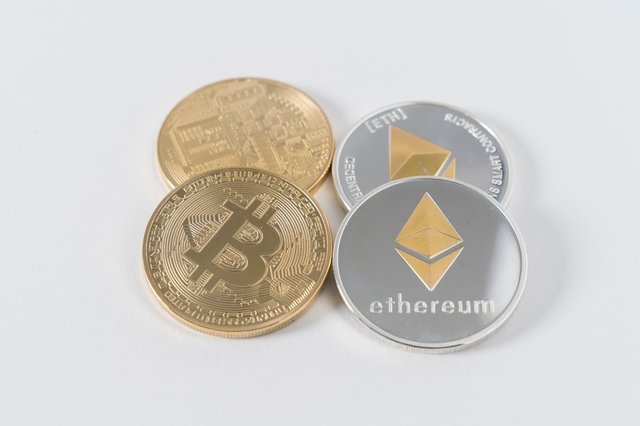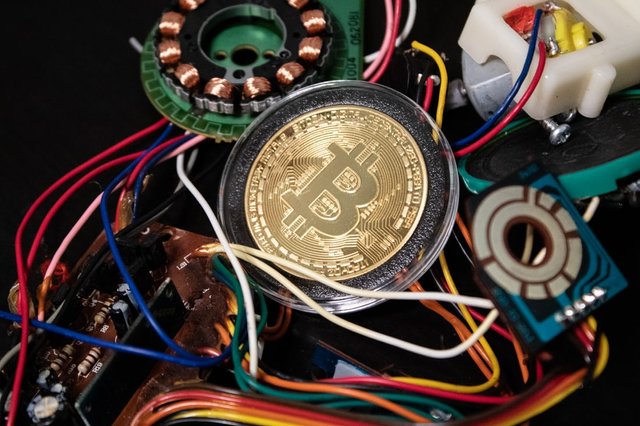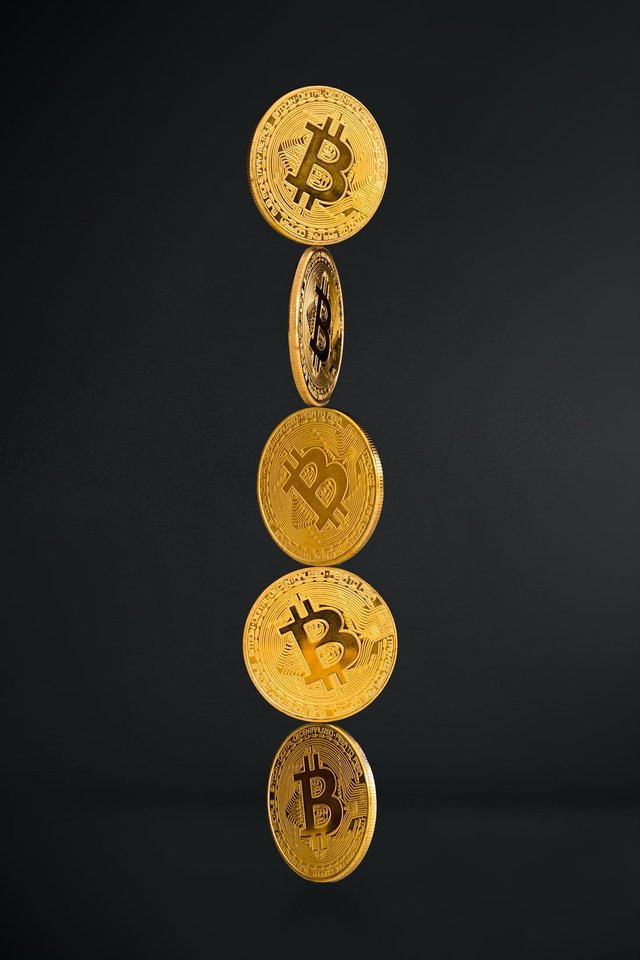Blockchain technology applications and cryptocurrencies👨💻
The issue of crypto money remains on the agenda as we all follow these days. There is some confusion in the terminology part of the work. #Bitcoin, #cryptocurrency, #blockchain are concepts that can be used interchangeably but are not the same. Blockchain technology, which is thought to consist largely of crypto money, is actually quite different. In this article, I will talk about these differences and their application areas.

First of all, blockchain is a technological infrastructure developed to create data records in digital environments, using the science of cryptography (cryptology), and operating with the logic of an electronic registry. Thanks to its various features, this technology has the power to shape data recording in the digital age. Now, let's think about our transactions in financial matters, shopping and health services that we perform in our daily lives. All these transactions are stored in a database and are under the control of the relevant institution. In Blockchain, however, there is a record, but the situation works a little differently. How Does?

Blockchain has a chain structure of blocks containing information. What the data to be stored in a block will be depends on the usage area of the blockchain. For example, in cryptocurrency usage, blocks store details such as sender, receiver, and transaction amount. The concepts of “distributed” and “decentralized” are important in defining the difference in the recording logic of blockchain. Blockchain is defined as a decentralized, distributed system in which there are multiple copies of the records kept, as it is not controlled by a single authority.

To understand the scope of blockchain here, it would be appropriate to think of it as a worldwide network. Blockchain data is stored as a digital copy for each user participating in the continuation process of the blockchain network, this copy is updated on the basis of the transaction made, and the records of all users are updated simultaneously. In this way, the realization of a transaction with the use of cryptography is subject to the approval of the authorized stakeholders in the ecosystem.

Although this is how it works, there are different types of blockchain networks. These species have diversity in four different structures: general, special, subject to permission and consortium. For example, a public blockchain, like Bitcoin, is one that anyone can participate in. Among the benefits offered by the blockchain are the reduction of intermediaries and thus an increase in transaction speed, and the transparency that the changes made can be seen by all users.

📌Different Uses of Blockchain
According to a survey conducted by the World Economic Forum, 58% of executives expressed the opinion that 10% of global Gross National Production will be on blockchain before 2025. In addition, in a study in Businessinsider, he stated that Blockchain will start to rise as the mainstream in technology in 2020, and that it will be well adopted as the mainstream in 2025.
First, blockchain technology has the potential to contribute to supply chain management in terms of the transparency and accountability values of businesses. Monitoring the products from the production stage to the end user can provide data on how the production conditions are and quality control. In particular, we can count the food industry as only one of the industries that are undergoing transformation thanks to blockchain technology. Blockchain can provide traceability of when, where and how food is grown, collected, processed and then shipped.
On the other hand, it seems to be able to solve the problem of counterfeit products, which is a common problem of many brands. In addition, I can add the protection of rights such as patent and trademark registration among the fields that it will contribute to.

In the public sector, it offers the potential to be the official registry of assets, documents and transactions of governments and citizens. E-notary applications may also receive support from blockchain in the future. Health information can be recorded with the blockchain and counterfeiting of drugs can be prevented in this sector. On the other hand, clinical trials of a product that the pharmaceutical industry needs transparency before commercialization can also contribute to issues such as supply chain control, product validation and quality control. A very prominent issue in smart contracts. Smart contracts, also called programmable protocols, which operate by writing the contract between buyers and sellers directly over codes, are supported by blockchain.
If we look at the insurance sector, there may be situations such as uncertainties and prolongation of the results from time to time in insurance solutions. If the integration of smart contracts is ensured by eliminating the uncertainties in the processes, insurance companies can also accelerate their routine payment transactions by using smart contracts. Smart contracts can also be used in real estate and copyright applications.
In the energy sector, the use of blockchain is increasing in terms of smart energy management, reducing operational costs and capital expenditures. Blockchain-based green energy trading system and smart energy management are among the areas where studies are carried out.
In the gaming industry, it allows users to be in control instead of the traditional monopoly of games by developers. For example, #CryptoKitties on #Ethereum, which is a blockchain game.
Another area where blockchain meets is art. In this field, the use of the works in the art market for the needs of the owners to resell the works draws attention. In addition to the registration and sales transactions in open blockchains, which are the types of blockchains I mentioned above, it also allows small shares of artworks to change hands with controlled tokenization, that is, partial ownership, in special types of blockchains.

📌Blockchain and Financial Technologies
If we give an example in the case of Bitcoin, the first cryptocurrency in the blockchain system, all monetary transactions are processed by recording them in a block at that moment, and all changes are carried out in sync with other transactions in the network, and the system is managed by accounts called #digital #wallets.
Since cryptocurrencies are produced with this technology, it is the field that is most identified with this subject, and it is also conducive to the emergence of crypto-based payment solutions with blockchain technology. So, what are the other areas where this technology can provide support in the financial industry?

The financial sector is at the forefront of the sectors transformed by blockchain technology, and it is involved in developing solutions to the most critical problems in this sector. #Counterfeiting is among the biggest problems in the industry. Blockchain technology has the potential to be a solution to cyber security problems such as data breach and identity theft, as a copy of all transactions is available to all participants of the network thanks to the distributed structure I mentioned. Another area that blockchain technology will transform is the #capital #markets. Here, too, it seems that disintermediation will increase gradually thanks to technology. Again, the approval process of loans and distributed credit systems are among the areas that blockchain will develop in the #banking sector.
Image Source 👇
https://unsplash.com/s/photos/blockchain